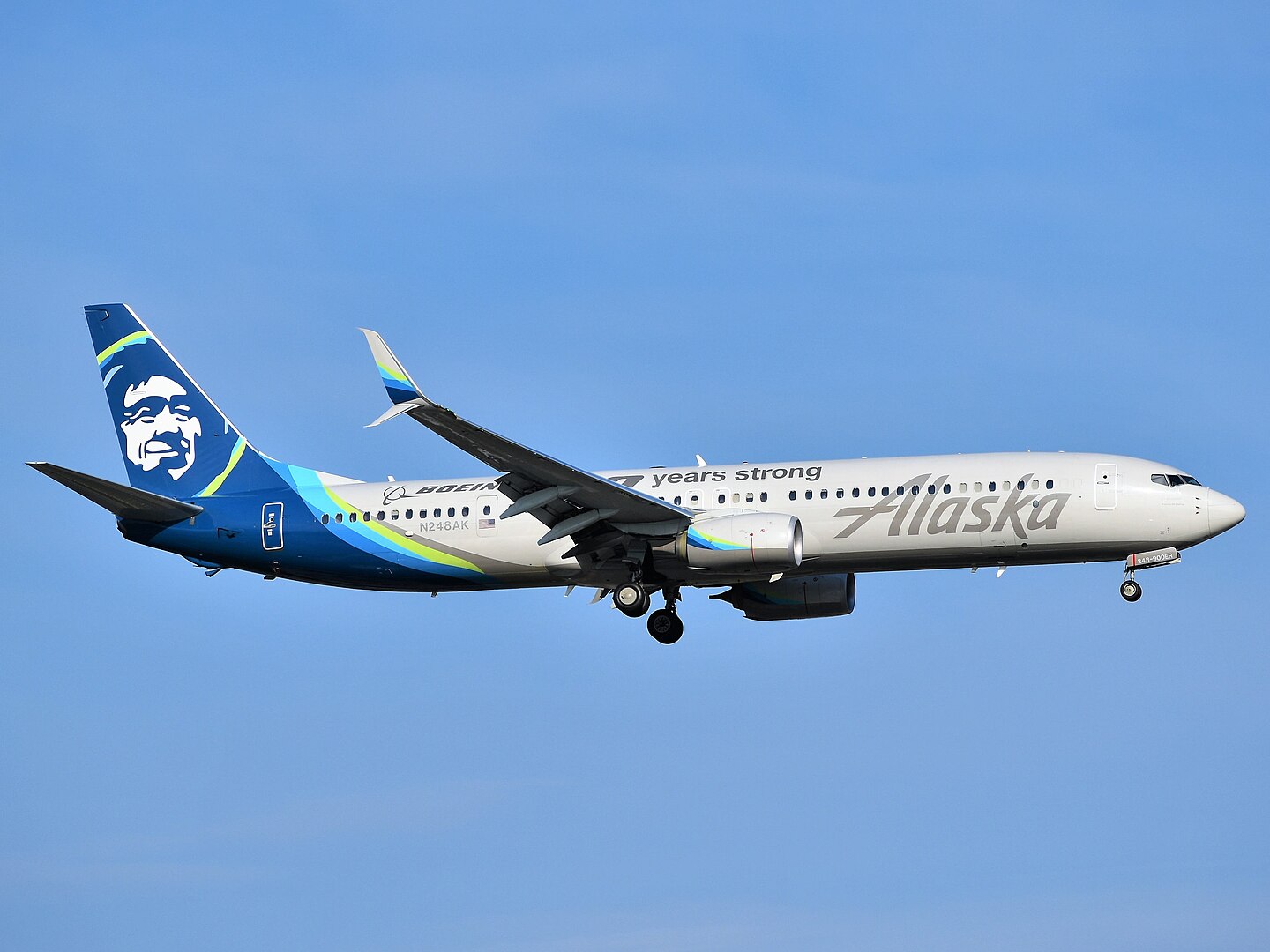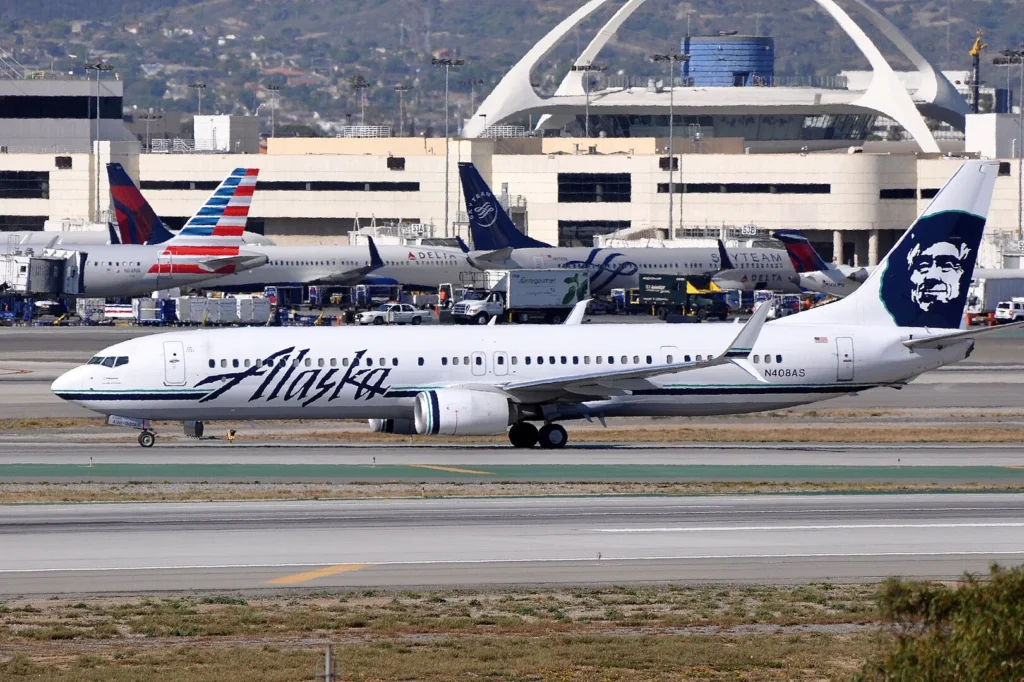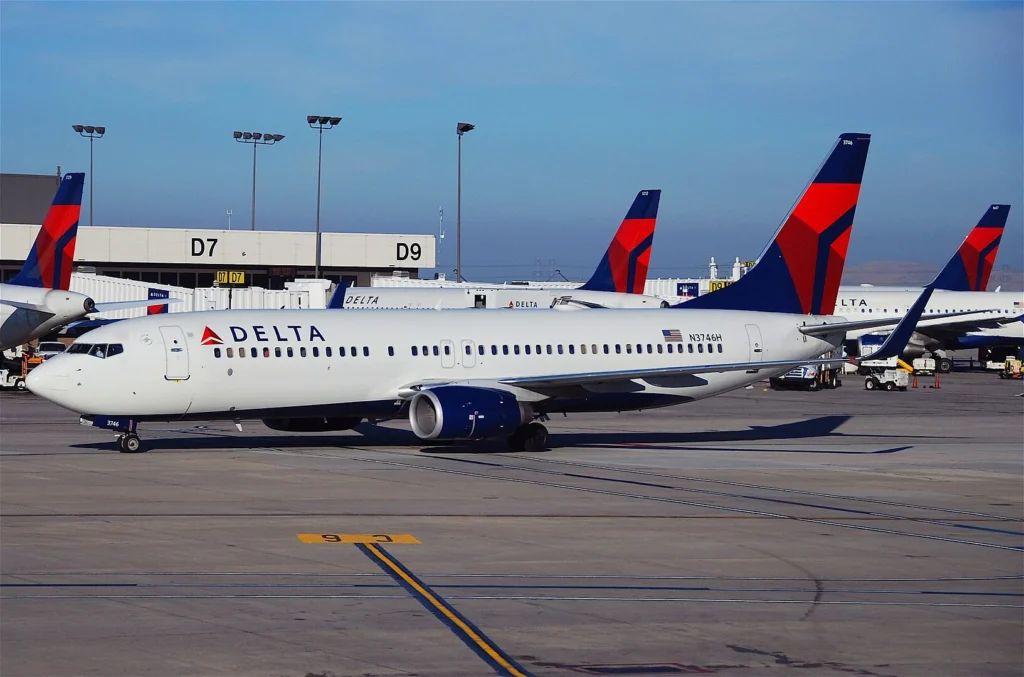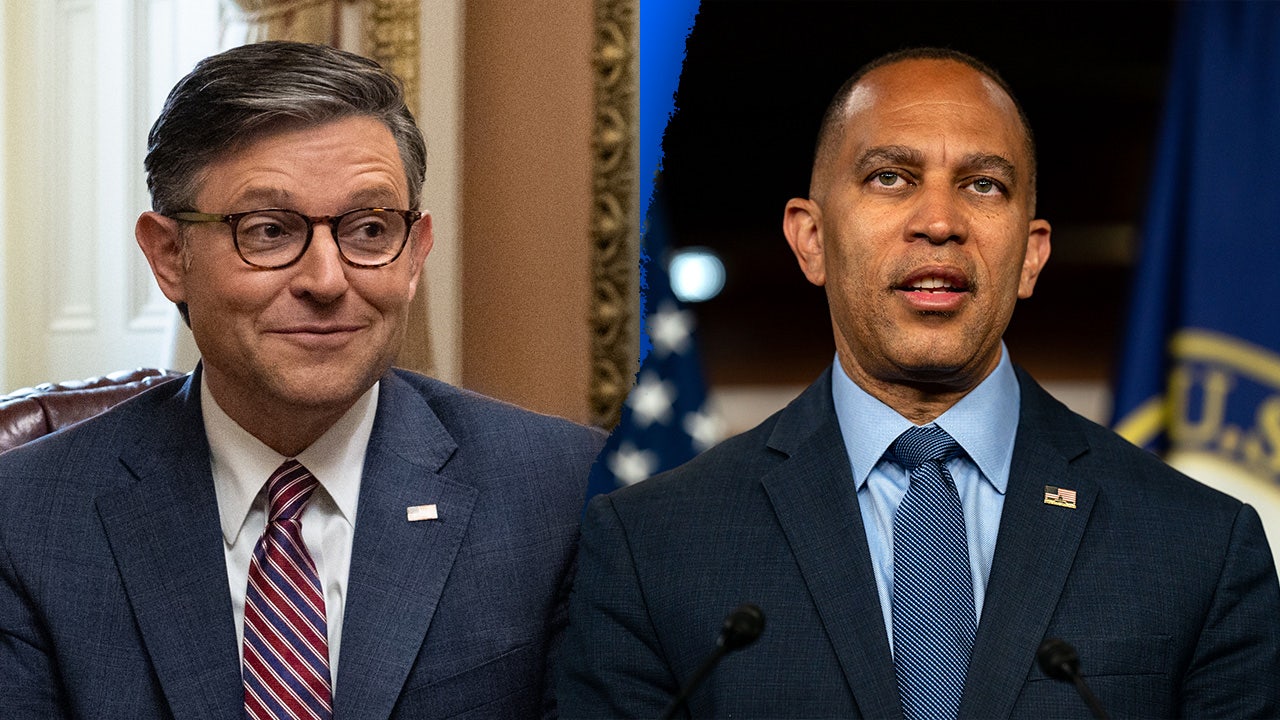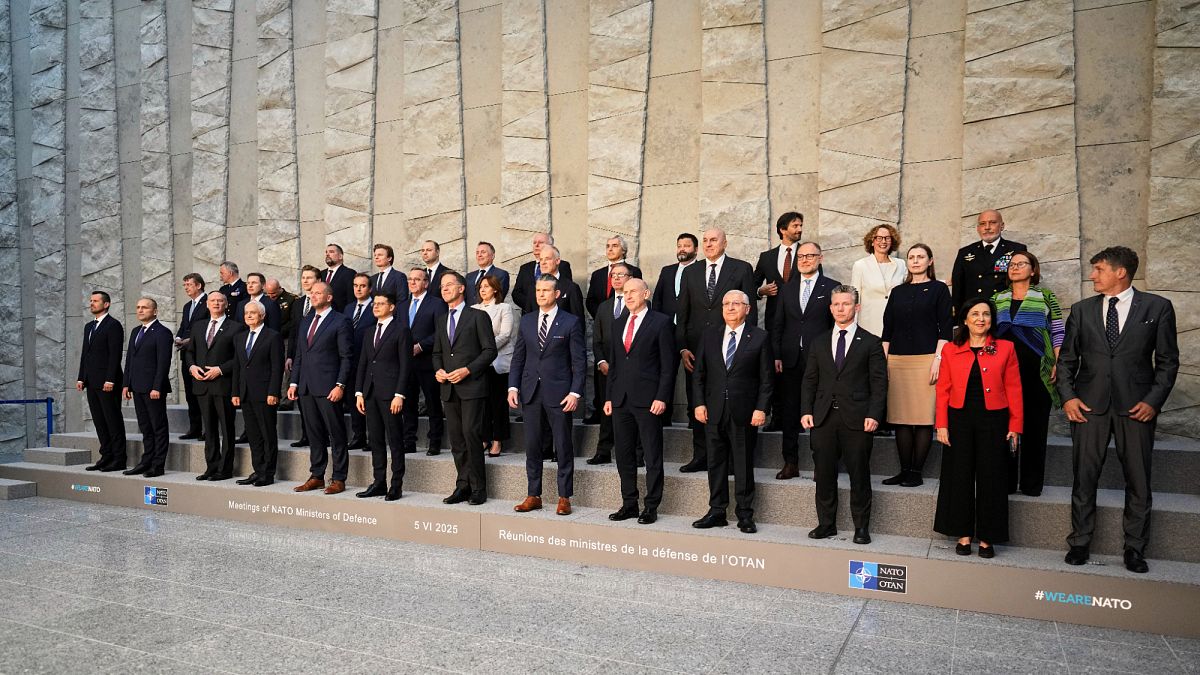Alaska Regional Hospital has applied with the state for approval to build an $18 million freestanding emergency department in South Anchorage by the end of next year.
It’s not the first time the hospital has applied to build a satellite emergency facility in Anchorage, which would be the first of its kind in Alaska.
The nearly 11,000-square-foot facility would include 12 emergency rooms and equipment such as a CT scanner, ultrasound machine, X-ray machines and five cardiac monitoring stations, according to a public notice from the Alaska Department of Health on Tuesday.
“Alaska Regional Hospital proposes to expand its existing emergency department capacity by constructing a free-standing emergency department, or as self-identified, a Hospital Satellite Emergency Department, in South Anchorage,” the notification said.
The hospital applied for a certificate of need from the health department, under a law that’s designed in part to reduce health care costs to prevent construction of unnecessary medical facilities. Its application was originally reported by the Northern Journal.
Kjerstin Lastufka, a spokeswoman for the hospital, declined to provide additional details, such as a specific address for the project, saying it’s “very early” in the process.
The hospital said in an emailed statement: “We are always looking for ways to meet the community’s needs and bring the quality of our care to more Alaskans. The certificate of need application filed this week is the first step in our proposed plans to increase much needed access to hospital-level emergency services, and bring these services closer to home for families in South Anchorage. We’re in the early stages of this process and have made no announcements to date, but we hope to provide future updates as the process continues.”
[State approves construction of $48M skilled nursing facility in Anchorage]
The freestanding emergency facility would not be physically connected to the Alaska Regional Hospital at 2801 DeBarr Road in the Airport Heights area.
The health department is reviewing the hospital’s application, said Alexandria Hicks, the state’s coordinator for the certificate of need program. It’s not yet available for public release, she said.
The application is expected to be declared complete by June 8, Hicks said. That will open public comment opportunities.
In its notification, the state also said other potential applicants seeking to provide a similar service must come forward by June 8.
Alaska doesn’t currently have a freestanding emergency department.
Alaska Regional proposed building two such departments in 2015, in South Anchorage and Eagle River, at more than $25 million. In what became a yearlong battle, Providence Alaska Medical Center also sought to build more emergency rooms in the Anchorage area. The state had decided that at least 13 additional emergency rooms were needed in the Anchorage area.
The state approved the 13-room expansion at Providence’s campus in Anchorage. It denied the proposals by Alaska Regional.
The Alaska Regional plan would have been less cost-effective, amid other concerns, the state said. Alaska Regional had argued that the location of its proposed emergency facilities would cut transport times and reduce congestion around Anchorage’s highly concentrated health services corridor in the University-Medical District, news coverage at the time said.
Freestanding emergency room departments have been billed as a way to reduce strain on general hospitals and improve access to emergency health care. Analysts have found they can potentially increase health care costs, in part because of their high rates of care compared to doctor’s offices or urgent-care clinics, according to a 2015 study by the Institute of Social and Economic Research at the University of Alaska Anchorage.
Alaska Regional earlier this year closed its longtime Anchorage medical clinic for seniors on DeBarr Road, citing a lack of staff, and prompting concern from patients and providers about dwindling health care options locally for older residents.

:quality(70)/cloudfront-us-east-1.images.arcpublishing.com/adn/XQHRAZBPUBGBDLKPEWSXR7XLMI.jpg)






